A Blog from David Charles Mason- Photography Tutor
Once upon a time, I was criticised that I didn’t take my photography seriously, because I liked comics. There you go – I’ve admitted it. It seems odd now that the Marvel Cinema Universe has been responsible for some of the highest revenue films in cinema history.
I read super hero comics from around the age of six into my early twenties. Back in the day, it was well-thumbed and dog-eared copies of Superman, Batman, and Green Lantern. We’d get them from a lovely gentleman who ran a stall in the Whitechapel market in east London. I just about managed to see over the edge.
Every Saturday we would take our comics to him, he would examine them, and with the aid of some maths only he knew, we would exchange them for “new” titles for a peppercorn. If we were lucky, and he was in a good mood, we could do a one for one swap for nothing if he thought we had looked after them. None of the titles was in sequence, but it didn’t matter.
My collection went to charitable causes many years ago, yet there is still plenty of reference material on the internet, and looking back, it struck me how comic book art has, and continues to evolve. I was initially “weaned” on Curt Swan, for me the only person who drew Superman as a mature man. Then I discovered Spiderman, the Incredible Hulk, drawn by Steve Dikto and Jack Kirby, pioneers of the “Marvel” style.
Steve Dikto could draw nine panels to a page and it wouldn’t look cramped. Jack Kirby was let off the leash with the Fantastic Four, introducing bold full-page splash layouts, illustrating in overwhelming detail the latest inventions of Mr Fantastic.
When I started collecting, money was tight, so I would default to my stock favourites. Sometimes the artwork was something I connected with, sometimes it was for me, below par, these artists were on a monthly treadmill after all, but if you were following a plotline, you went with it. Thankfully, as I got slightly more affluent, I was able to take more risks, and it was then that I discovered artists such as Frank Miller. If the name isn’t familiar, his interpretation of Batman was referenced by Hollywood for all their ‘Dark Knight’ Batman films.
It was artists, such as Miller that drove forward comic books into new formats, such as the Graphic Novel. Initially belittled, they are now acknowledged as a narrative tool, (I’ve even seen them in Bexhill Library next to books!). This point was my awakening of a true appreciation of this as an art form. Yes, it is art; don’t let anyone tell you otherwise. It had taken time but at last, my eye had become discerning enough to register its evolution, because nothing stays still.
With new “eyes”, I went back over the more recent work of some of the more “out there” comic artists. One of the greats was Jack Kirby, who had moved from Marvel to work for their rival on Superman. He re-invented the title, much to the initial dismay of fans. Now though, I could see the confidence in his bold lines, It wasn’t photo-realistic, or dare I say it, “life-like” but it was the power of representative narrative at its best.
In the same frame of mind, I reviewed my own photographic work over the years. It’s changed. Is it better? Well, yes, from certain technical aspects, but it’s still my style, for good or bad, and it continues to evolve, as degree by degree, I learn something more about light, without which there is no photography. While we will all strive for, and no doubt will achieve technical excellence, the pursuit of this for its own sake will surely leave something missing from the result. Once you have mastered every technological nuance and can produce a photograph that can withstand no end of pixel peeping and millimetre measurement of the Rule of Thirds, what then? We have to look further.
What does that have to do with comic-book/graphic art? It depends on your outlook.
As an analogy, I always say that if you want to improve your vocabulary, then read more books. If you want to improve your photography, then look at more pictures.
I believe that no art form, (and I include photography, painting, sculpture, architecture, comic book/graphic art etc in this) are isolated from each other. If you haven’t already done so, engage with the photographic work of others, but while you’re at it, search out art and photography through the ages, the Renaissance, Impressionism, Surrealism, Modernism, the Pre-Raphaelite movement, the Glasgow boys.
You may be pleasantly surprised, inspired, and you won’t have needed 15-20 years of graphic art, (I don’t regret a second), to have opened your eyes to the possibilities of how this could help your own personal work develop.
If you’d like some guidance on that journey, then the Photo Group at YouNique Wellbeing is there to help.

